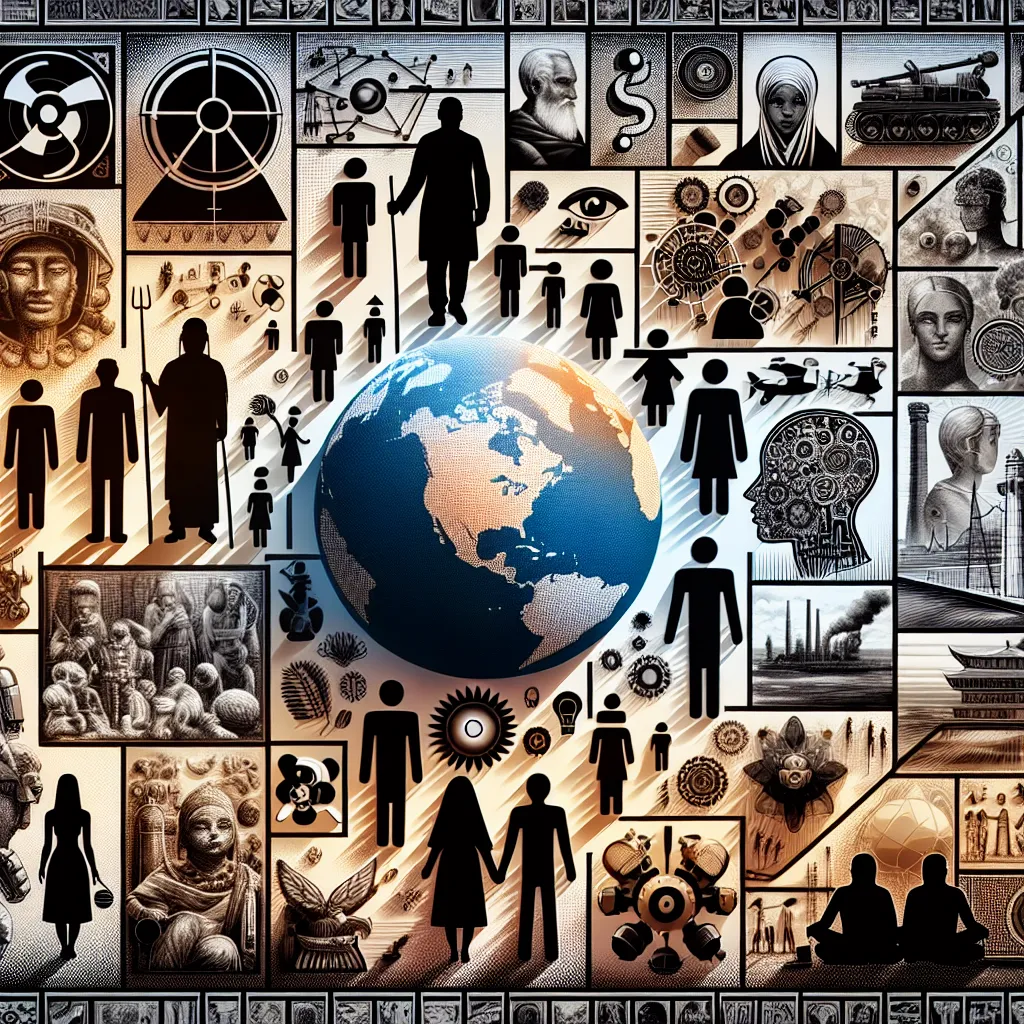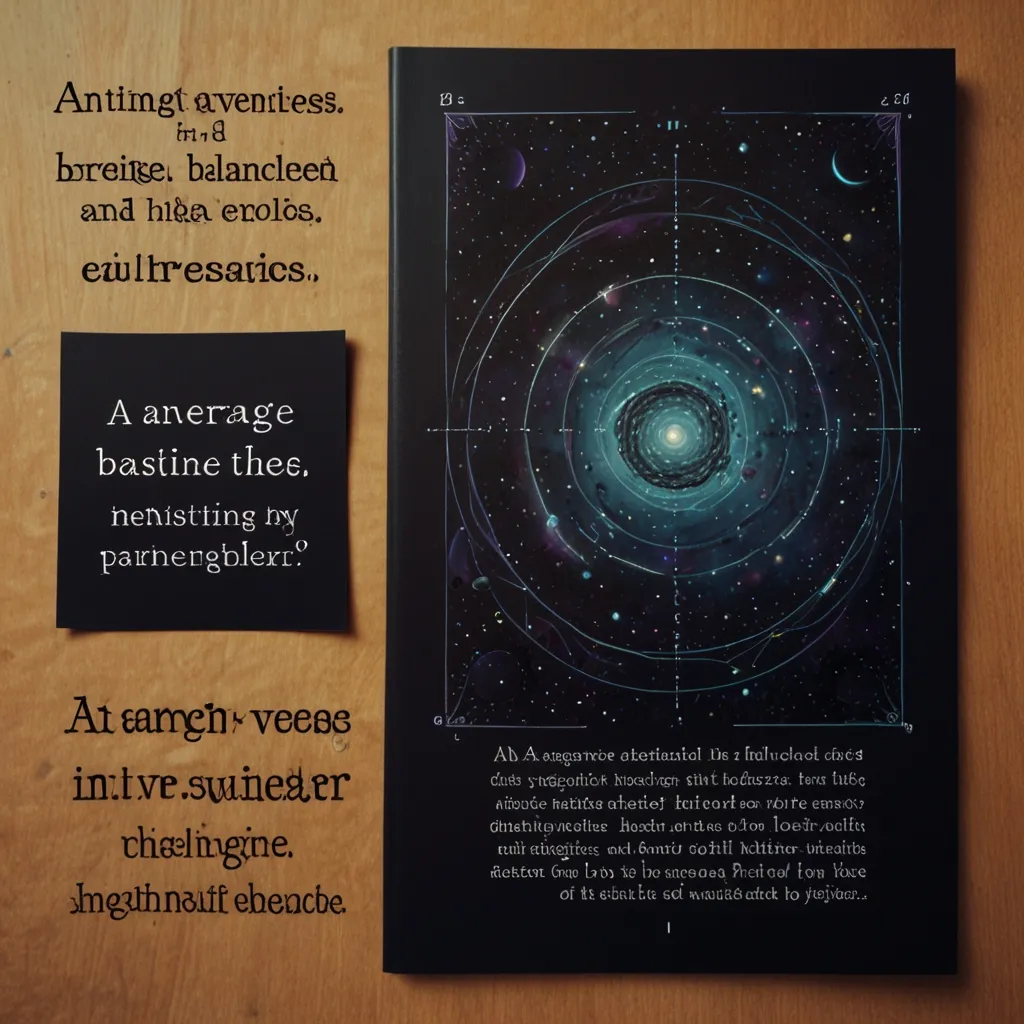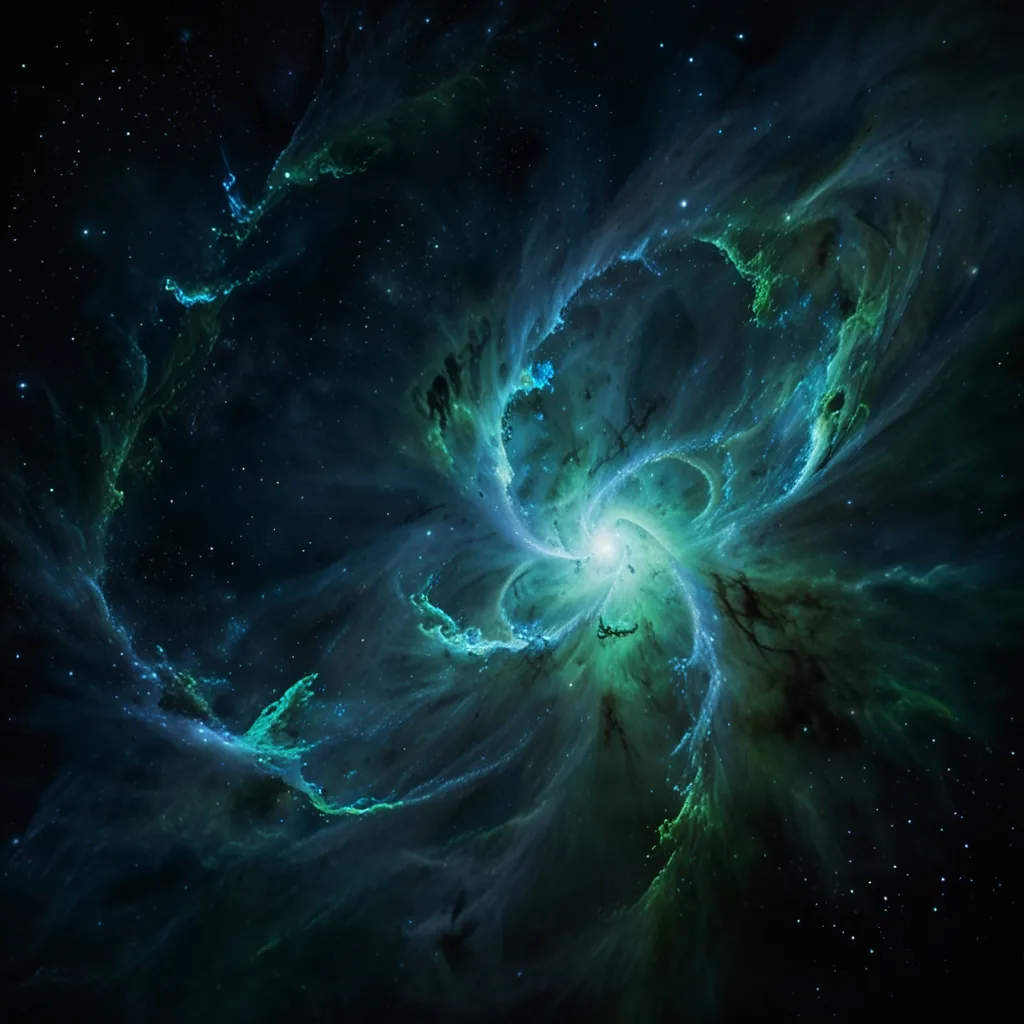The sun, aside from Earth, is the most crucial celestial body for life. Without it, life on our planet wouldn’t exist. Our sun is the nearest star, shining due to nuclear fusion at its core. Stars, in general, represent a cosmic duel of opposing forces: gravity trying to collapse the star and radiation pressure attempting to explode it. This tug-of-war continues throughout a star’s life until it exhausts its fuel. When that happens, the star can no longer sustain fusion, leading to a decrease in radiation pressure and an eventual collapse due to overwhelming gravity.
When stars collapse, the outcomes depend on their size and properties. Massive stars can explode in a supernova, but those at least 30 times the Sun’s mass undergo a hypernova, an explosion second only to the Big Bang. Hypernovae emit intense, long-lasting gamma-ray bursts that are the most powerful in the universe. These gamma rays, moving at light speed, could destroy Earth if within 200 light years, with no advance warning.
Stars start as clouds of gas and dust in space, known as molecular clouds. Gravity pulls these clouds into dense cores, forming protostars. When the core reaches around 10 million degrees Celsius, nuclear fusion ignites, converting hydrogen into helium. This fusion generates energy, producing heat and light and maintaining an equilibrium between gravitational collapse and radiation pressure.
Larger stars shine brighter and hotter but have shorter lifespans. Our Sun, a medium-sized star, will exist for about 10 billion years. Larger stars, however, burn out in a few million years. Once a star depletes its hydrogen, it can no longer fight gravity; the core collapses, the outer layers expand, and the star becomes a red giant. Stars like our Sun will eventually shed their outer layers, forming a planetary nebula, and their cores will become white dwarfs, stabilized by electron pressure.
High-mass stars undergo more dramatic transformations. After exhausting helium, they continue fusing heavier elements until producing iron, which halts energy production. The core’s temperature skyrockets, leading to a supernova explosion. Depending on the remaining core mass, it may turn into a neutron star or a black hole. Stars over 20 times the Sun’s mass tend to become black holes, collapsing into what’s known as a singularity, an undefined space-time realm.
Hypernovae occur when stars more than 30 times the Sun’s mass collapse into massive black holes. These explosions emit gamma-ray bursts in narrow beams, unlike the spherical emission from supernovae. These beams appear due to the twisting of the star’s magnetic field and the plasma’s expulsion, with electrons traveling in helices. These bursts release massive energy, often more in seconds than the Sun releases over its entire lifespan.
Fortunately, gamma-ray bursts are rare within our galaxy. If a beam pointed directly at Earth within a 200 light-year radius, it could cause a mass extinction by burning the atmosphere and vaporizing the oceans. Even from thousands of light years away, the burst could sterilize life on the exposed side of Earth. Historic evidence suggests that such an event caused a mass extinction about 443 million years ago.
While it’s a potential existential threat, no nearby stars are large enough to pose an immediate danger. If such a burst were to hit, it would arrive without warning, as it travels at light speed and is invisible to the naked eye. For now, we can only appreciate the sun’s life-giving energy and hope that the cosmos remains kind to our small, blue planet.






